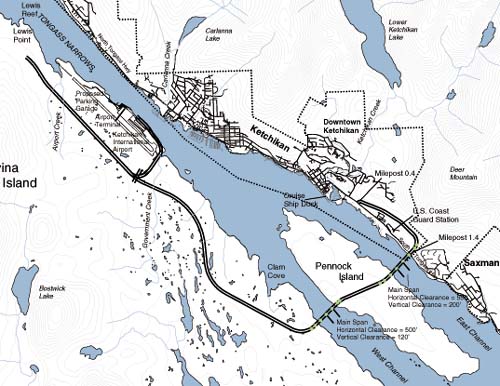Digging deeper and deeper in the PM world, these weeks we are focusing on Portfolio Management. Associated to it, we talk about lifecycle. The Portfolio Management Lifecycle has three phases (planning, authorizing and monitoring/controlling) according to the PMI, which should be treated as a continuous loop. The processes in the phases are classified into two groups: aligning process group and controlling process group. More information can be found in the recommended course bibliography and in some short and illustrative articles such as this.
However, if we try to find more information about the portfolio management lifecycle, we usually find references to other concepts which use the same words but in different order, such as Product Lifecycle Management. It sounds like a joke or a tongue-twister, but a closer look to the words helps finding the real meaning.
For example, articles like this show the difference between Product Portfolio Management (PPM) and Product Lifecycle Management (PLM). Often, these two are believed to be very similar, or integrated. In fact, they share the same goals but they are completely different. Engineers use PLM to control how products are built, and business professionals use PPM to know which products to create and how to make them successful.
So, take-home message for today: it's important to carefully read the concepts in this world!


